Book of the Day Roundup November 19–23

We Can Save Us All
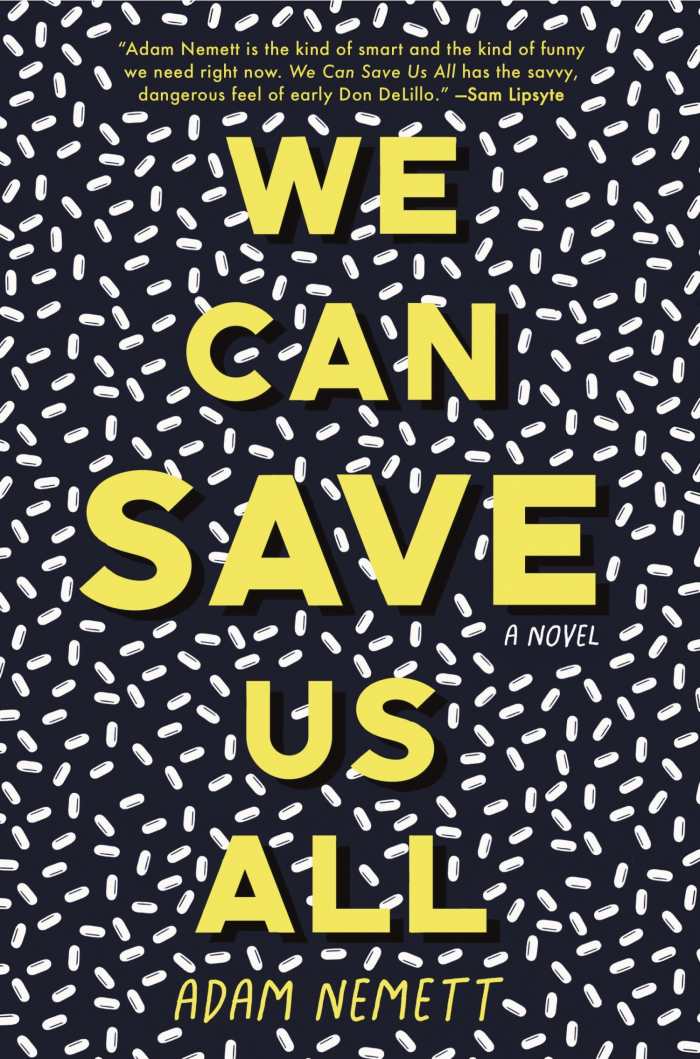
Adam Nemett
The Unnamed Press
Softcover $18.99 (390pp)
978-1-944700-76-8
Buy: Local Bookstore (Bookshop), Amazon
Adam Nemett’s We Can Save Us All is a humorous yet sobering pre-apocalyptic scenario. Realistic and smart, this is science fiction at its best.
The world seems to be ending, but David, with a group of intelligent, driven Princeton dropouts, is determined to save it. Normal things, like student loans, grades, and classmates’ opinions, cease to hold much weight in 2021. Time is fading; clocks are no longer accurate, and the weather is getting more and more dangerous. Mathias, a prophetic figure also known as Ultraviolet, predicts that June sixth will be the end; David and his group prepare to survive past the date.
Flashbacks into David’s childhood and early years at Princeton follow his growth from an ordinary, nerdy guy into The BusinessMan, the underground chief of a group whose members think of themselves as superheroes. Publicly, Mathias is their figurehead, but David is doing the work behind the scenes. Each member of the group has an alias, costume, and thesis that they spend their waking hours developing. Creative? That’s an understatement.
The book’s dialogue is abnormally poetic. Mathias speaks with calculated purpose, adding to the romanticism of a pre-apocalyptic world, where abandon and carelessness run rampant. Foreshadowing, whether it is purposefully obvious or more subtle, is used to hint at the future of the group and the world as a whole. Drugs, from Zemoral to DMT, are used frequently and without caution, blurring the line between reality and intoxication.
With just the right amount of ridiculousness, We Can Save Us All is a futuristic superhero tale where the heroes are passionate, intelligent Princeton students fighting to save the world.
KATIE ASHER (October 27, 2018)
Little Dancer Aged Fourteen
The True Story behind Degas’s Masterpiece
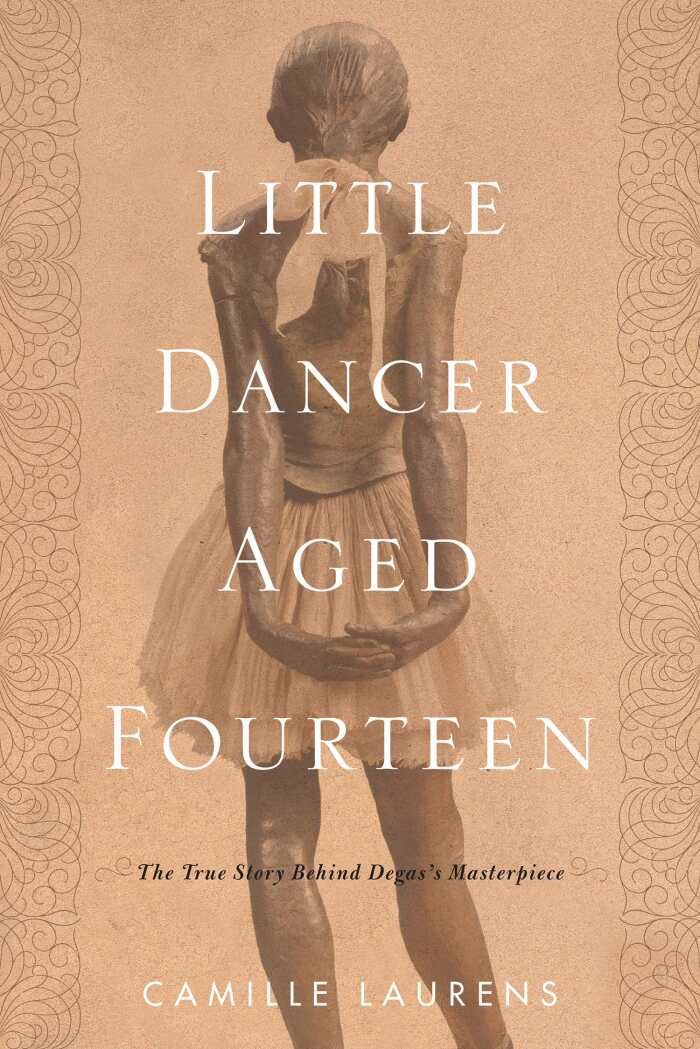
Camille Laurens
Willard Wood, translator
Other Press
Hardcover $22.95 (176pp)
978-1-59051-958-5
Buy: Local Bookstore (Bookshop), Amazon
Little Dancer Aged Fourteen illuminates a slice of art history with ravishing acuity. Camille Laurens examines Marie van Goethem, the young model and dancer of Degas fame, in a tribute that melds research with quotations, intelligent inquiry, and the underside of the Paris Opera in the nineteenth century. In rhythmic translation, the face behind the sculpture puzzles and beguiles.
From the first exhibition of Little Dancer to the bohemian arrondissement where Degas worked to the backstage tragedies of girls known as “rats,” who were pushed into dancing out of poverty and then into sexual trysts with would-be patrons, Laurens vividly recreates an atmosphere where childhood, as it’s now regarded, never existed, and where Degas, despite being grouped with the impressionists, sought a realism that sparked outrage.
Sections that detail the reception of Little Dancer contextualize the negative responses. Laurens makes a case for the ways in which class, fear, and desire braided into critics’ perceptions. Forays into physiognomy, naturalism, Degas’s unusual choice of wax for his medium, and the reviled, revered status of dancers offer possibilities for the mindset of the period. More than considering the sculpture, the book is a fascinating tour through the past.
As much as biographies provide an outline for Van Goethem’s and Degas’s lives, the unknowable—their intentions, thoughts, and feelings—takes on elusive qualities that inspire speculation. When the author considers what the model and artist’s first studio encounter must have been like, the extended scene becomes a canvas for larger questions on creativity. At times, the fusion between the two figures stretches, and the author candidly admits her tendency to imagine. In a distinctly literary third act, the author weighs her own choices in the text, as well as the ineffable Marie who inspires obsession.
This exploration of a work Degas never intended to endure reveals how an instant frozen in time can yield perennial questions.
KAREN RIGBY (October 27, 2018)
The Meaning of Blood
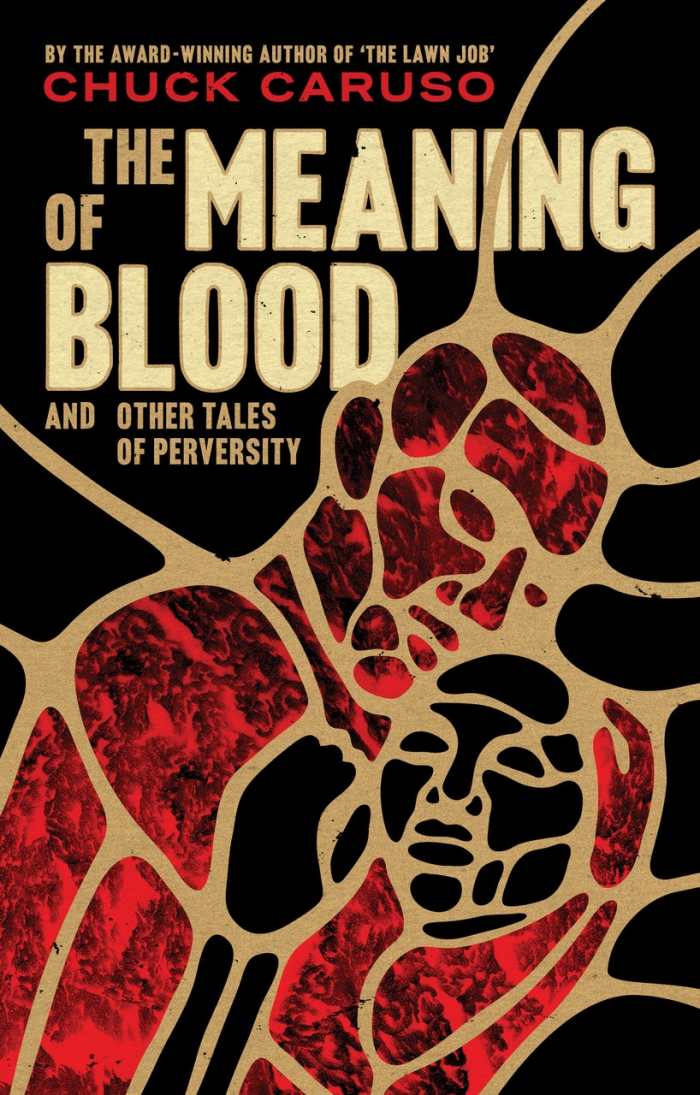
Chuck Caruso
Cloud Lodge Books
Softcover $10.95 (224pp)
978-1-9995873-0-7
Buy: Amazon
Chuck Caruso’s The Meaning of Blood promises a descent into a netherworld of blood and perversity, and it delivers on this as well as something even more heinous: the idea that ordinary people crave blood and perversity just as much as violent perverts.
Tales gallop through time and space on the backs of genres ranging from historical fiction and fantasy to erotica and science fiction. Be it hot, cold, consumed, or splattered, blood surges through the stories. Suspense is heightened through humor, and comedy is fueled by horror. Outwardly mundane lulls are employed to amplify anxiety about what might happen next. Long after the unexpected has been established as the only possible outcome, stories continue to surprise.
Prose mimics the camera, microphone, and soundtrack of a movie set, without sacrificing the written word’s unique ability to express characters’ thoughts and feelings. Dialogue and brawls lay down a background rhythm against which the sound of a man’s spine cracking is “like a log being split with an ax.” Caruso avoids capturing details that could slacken the pace, meticulously transporting his complex characters and maneuvers off the page and into the mind’s eye. Even when death might ordinarily be expected to bring an “obscene heap” of corpses to a screaming halt, they commence twitching “in a morbid parody of the carnal act” instead.
Suspense easily prompts page turns, but what provides the forward thrust that is essential to getting from one story to the next? A character says it best: “Even when the knife is plunged into your guts, you can’t help but lean into the blade.”
LINDA THORLAKSON (October 27, 2018)
The Delightful Horror of Family Birding
Sharing Nature with the Next Generation
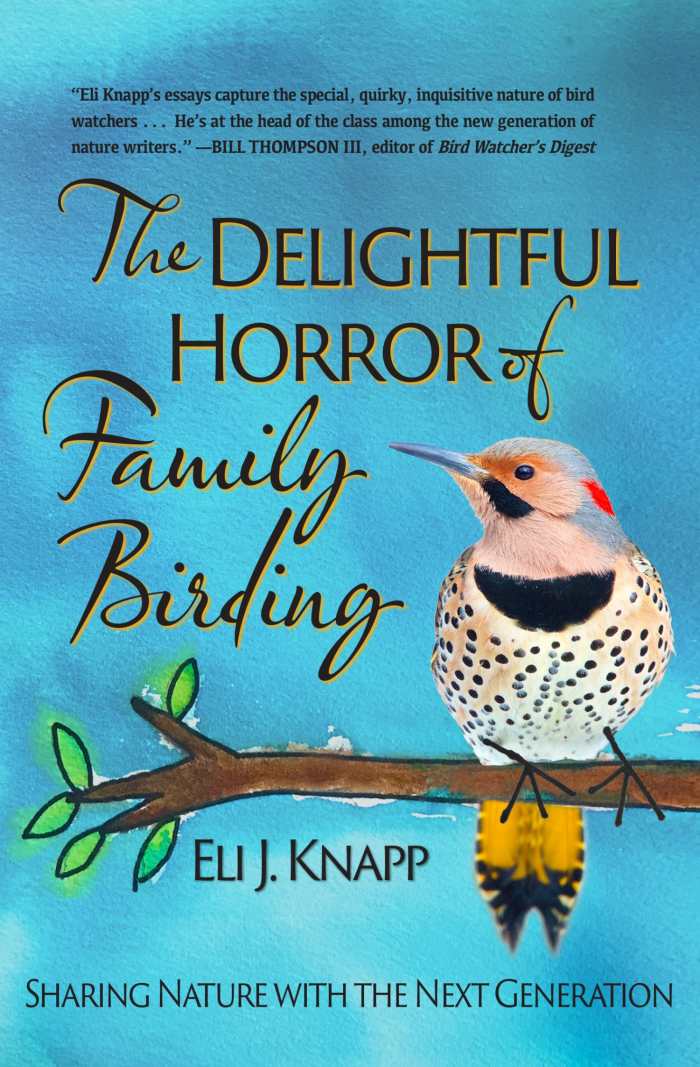
Eli J. Knapp
Torrey House Press
Softcover $16.95 (200pp)
978-1-937226-91-6
Buy: Local Bookstore (Bookshop), Amazon
Eli J. Knapp’s The Delightful Horror of Family Birding trots the globe with humor, insight, and deep-seated appreciation for nature and bird-watching.
The essays jaunt through locales including Tanzania, Ecuador, and the Grand Canyon. They advocate for exploration of the natural world with charm, pausing to take in bluebirds, robins, and “meadowlarks alighting from a flowering field.” They deliver basic information about birds, as well as exploring the language of counting birds: a murmuration of starlings, a scold of blue jays, and a parliament of owls. It answers idle curiosities, too—how woodpeckers can physiologically withstand such vigorous jackhammering, and why birds that slam into glass and appear dead can revive and fly off.
As Knapp explains such topics to his students and his children in the text, his ultimate target audience is future generations. He stresses that birds inspire joy, a deeper understanding of the environment, and greater intimacy between people, capturing the unadulterated thrill of spotting a white ibis, the serendipity of seeing a blue-winged teal, and the rejuvenation of becoming more attuned to nature.
Though each can be read on its own, the essays gel together well. Their sky-gazing tone and unique perspectives are consistent, and they bring landscapes to life with lines like “An unassuming sparrow crouched down in the cattails.” The details are concrete and the descriptions on point, even sometimes self-reflective—as when Knapp, chasing an elusive Kilombero weaver, questions why he’s in a slowly sinking dugout. The book ponders big questions even when “answers were as hard to come by as shade.”
The Delightful Horror of Family Birding focuses on its subject with wit, erudition, and passion as vast as a great flock darkening the daytime sky.
JOSEPH S. PETE (October 27, 2018)
All Mine!
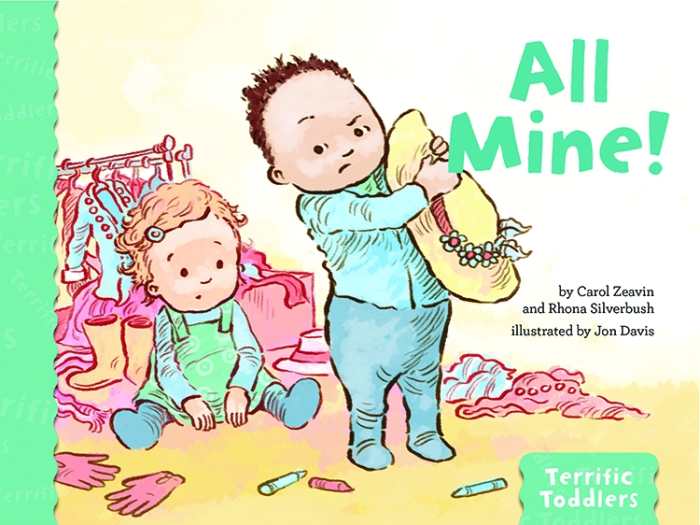
Carol Zeavin
Rhona Silverbush
Jon Davis, illustrator
Magination Press
Hardcover $8.99 (16pp)
978-1-4338-2877-5
Buy: Local Bookstore (Bookshop), Amazon
A patient teacher helps a group of temperamental toddlers peacefully navigate the dos and don’ts of sharing toys at playtime in a surprising story about encouraging the development of generosity through ownership. Young children will recognize dress-up corner, paints, and play kitchens shown in soft lines and colors, while parents, educators, and caregivers learn how to gently redirect a tantruming two-year-old or when and why it’s appropriate to hoard all of the crayons.
PALLAS GATES MCCORQUODALE (October 27, 2018)
Foreword Reviews
